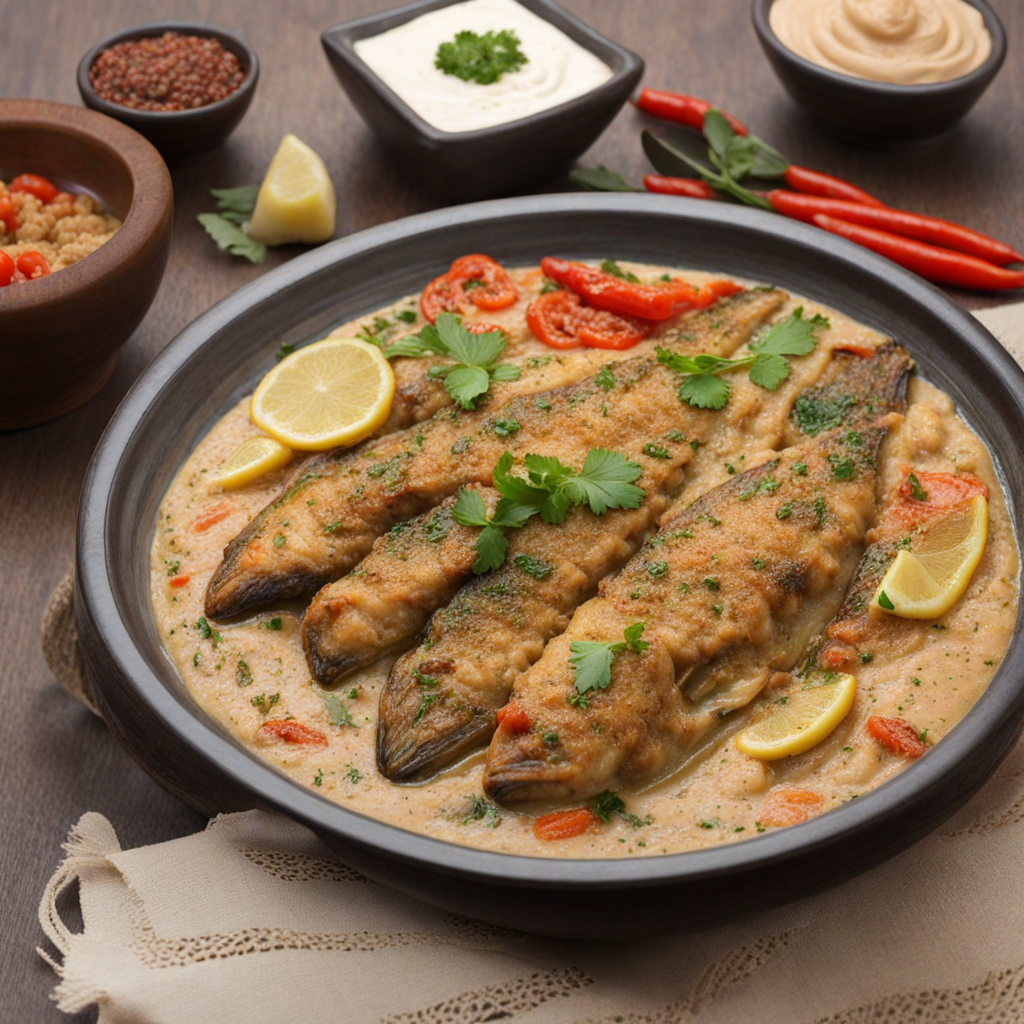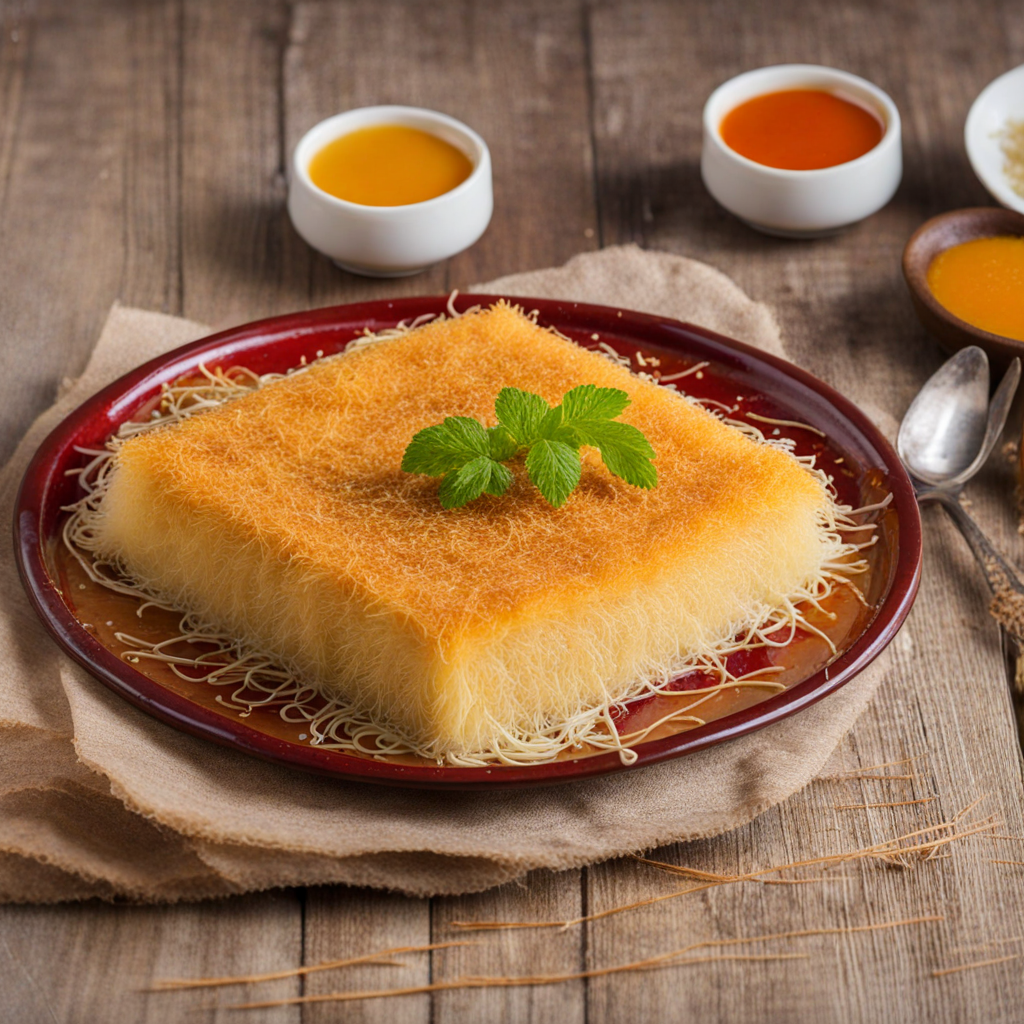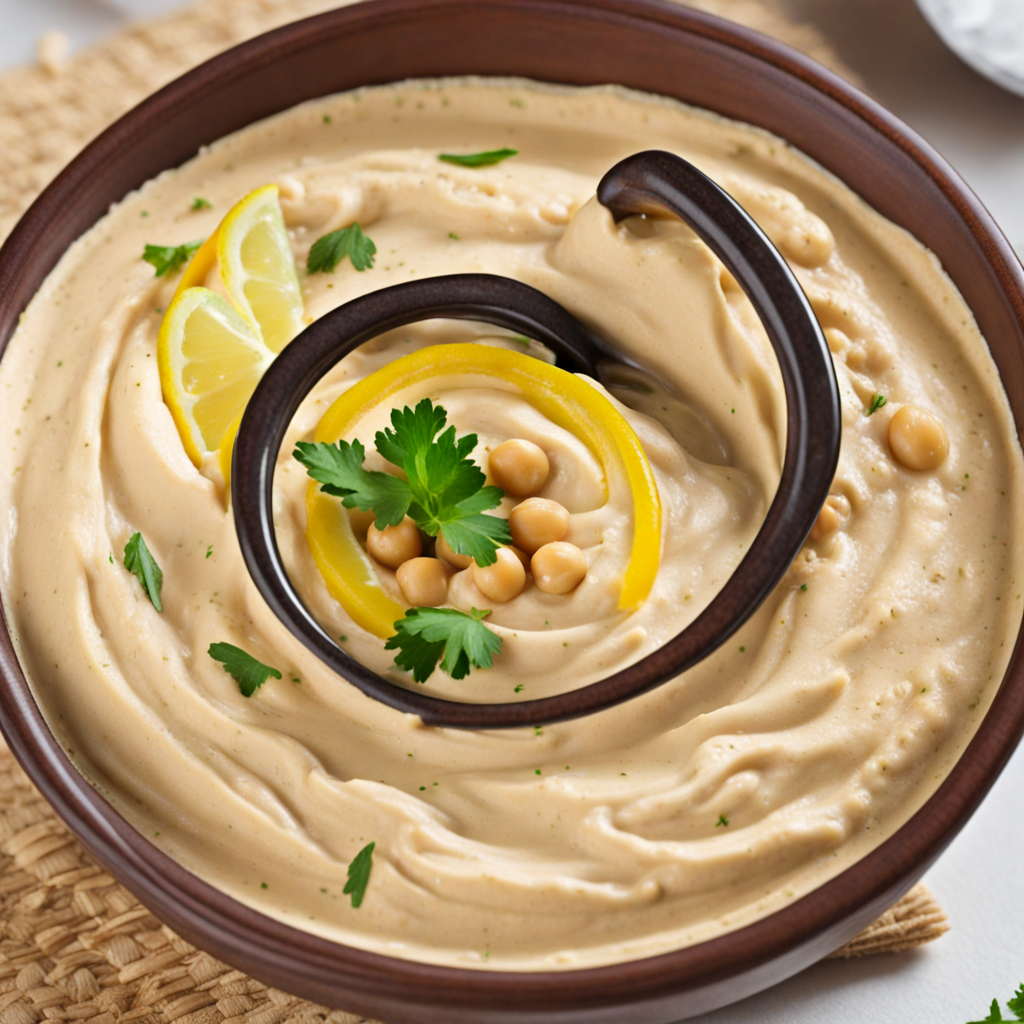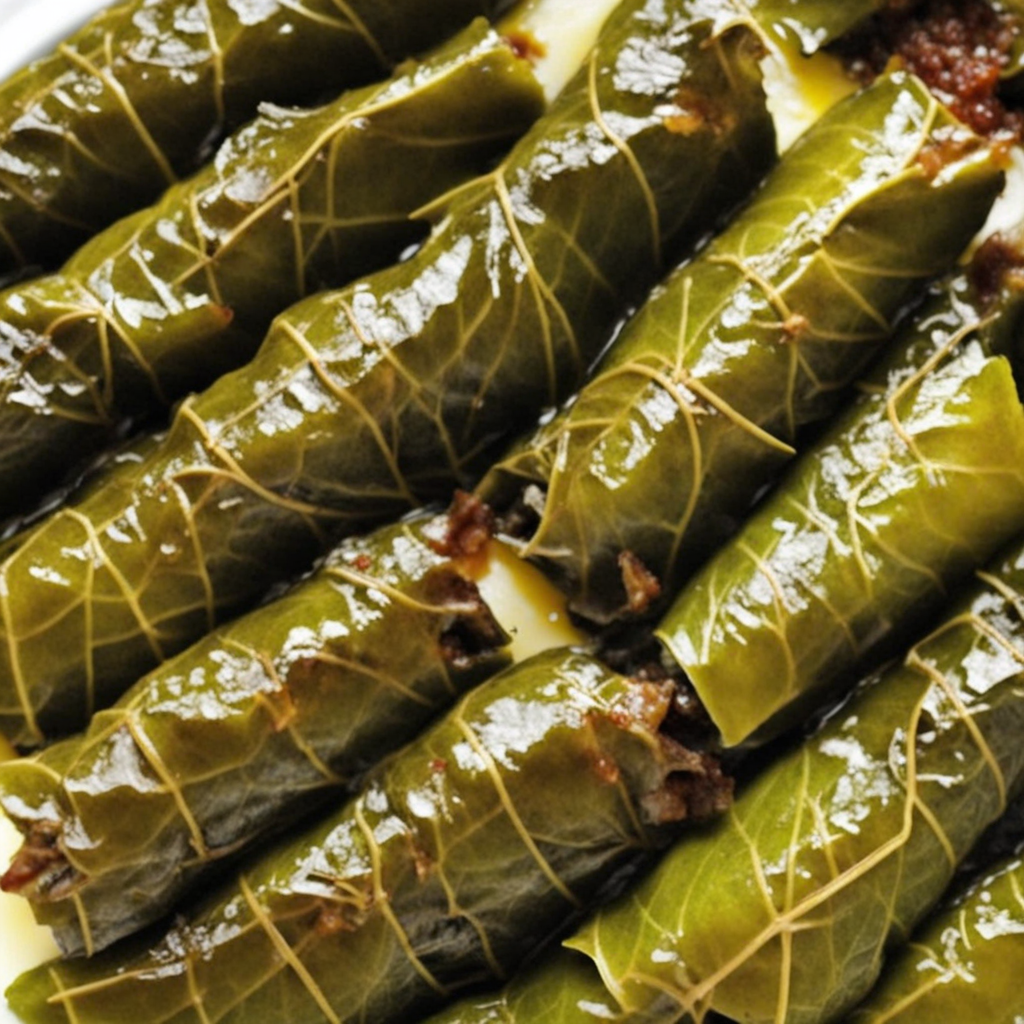Samkeh Harra
Samkeh Harra is a vibrant Lebanese dish that showcases the rich flavors of the Mediterranean. At its core, it features tender fish, typically snapper or another white fish, which is marinated in a zesty blend of lemon juice, garlic, and the aromatic spice blend known as baharat. This marination infuses the fish with a bright, tangy flavor, making each bite a delightful experience. The dish is often served with a spicy tahini sauce, which adds a creamy texture and a nutty depth that perfectly complements the fish's freshness. In addition to the marinated fish, Samkeh Harra is adorned with a medley of toppings that elevate its appeal. A generous sprinkle of chopped parsley and fresh coriander adds a burst of color and freshness to the plate, while roasted pine nuts or almonds provide a satisfying crunch. The dish is often garnished with a drizzle of olive oil, enhancing the overall richness and inviting you to dive into its layers of flavor. Served alongside warm pita bread or rice, Samkeh Harra becomes a feast for both the eyes and the palate. This dish is not only a celebration of taste but also a nod to the communal dining experience that is integral to Lebanese culture. Sharing Samkeh Harra with friends and family encourages conversation and connection, making it a perfect centerpiece for gatherings. The bold flavors, combined with the warm hospitality of Lebanese cuisine, offer a unique culinary adventure that invites food lovers to explore the delicious complexity of this traditional dish.
How It Became This Dish
Origin of سمكة حرة سمكة حرة, or "Samkeh Harrah," is a traditional Lebanese dish that encapsulates the rich culinary heritage of the Levant. The name itself translates to "spicy fish," and it reflects the region's love for bold flavors and vibrant spices. The dish is believed to have originated in the coastal regions of Lebanon, where fresh fish is abundant and the Mediterranean Sea offers a variety of seafood options. Historically, fishing has been a crucial aspect of Lebanese culture, and the proximity to the sea greatly influenced the local cuisine. The use of fish in Lebanese cooking dates back thousands of years, with influences from the Phoenicians, who were renowned seafarers and traders in the ancient world. The most common fish used in سمكة حرة is the red mullet, but other varieties such as sea bream and snapper can also be used. The preparation of the dish generally starts with marinating the fish in a mixture of spices, including coriander, cumin, and chili pepper, which provides the signature heat and flavor. Following marination, the fish is often grilled or baked, allowing the spices to meld beautifully with the tender flesh. The dish is typically served with a tangy sauce made from tahini, lemon juice, and garlic, which enhances the overall profile and adds a refreshing contrast to the spiciness of the fish. \n\n Cultural Significance سمكة حرة holds a significant place in Lebanese culture and is often associated with family gatherings and festive occasions. This dish not only showcases the culinary prowess of Lebanese home cooks but also serves as a symbol of hospitality and generosity. In Lebanese traditions, serving a well-prepared سمكة حرة to guests is a way of honoring them, reflecting the communal spirit that is deeply embedded in Lebanese society. Sharing a meal, especially one as flavorful as سمكة حرة, fosters connections among friends and family, bridging generations through the act of eating together. Moreover, سمكة حرة is often featured in various cultural celebrations and gatherings, from weddings to religious feasts. Its presence on the table represents not only the celebration of food but also the celebration of life itself. The dish embodies the essence of Lebanon’s Mediterranean lifestyle, where food is a central part of social interactions and cultural identity. It also signifies the importance of fresh, locally sourced ingredients, which are a hallmark of Lebanese cuisine. \n\n Development Over Time As Lebanon's culinary landscape evolved, so too did سمكة حرة. The dish began to incorporate various regional influences, reflecting the melting pot of cultures that have historically inhabited the area. The blending of flavors and techniques from neighboring countries, such as Syria and Palestine, has enriched سمكة حرة, making it a versatile dish that can vary from one family to another. Each cook may add their unique twist, whether it’s an extra dash of spice or a different sauce, showcasing the creativity and individuality of Lebanese cooks. In recent years, the global popularity of Lebanese cuisine has brought سمكة حرة into the spotlight beyond Lebanon's borders. Lebanese expatriates and food enthusiasts have introduced this dish to international audiences, often adapting it to suit local palates while maintaining its core essence. In many Mediterranean and Middle Eastern restaurants worldwide, سمكة حرة is now featured prominently on menus, appealing to those seeking authentic and vibrant flavors. This globalization of the dish has sparked a renewed interest in traditional Lebanese cooking methods and ingredients, prompting younger generations to explore their culinary heritage. \n\n Modern Interpretations Today, سمكة حرة continues to be a beloved dish in Lebanon and among the diaspora, but modern interpretations have emerged. Chefs are experimenting with new cooking techniques, such as sous-vide preparation or creative presentations, while still honoring traditional flavors. Some contemporary variations may include additional elements like grilled vegetables or innovative sauces that complement the fish, catering to a more health-conscious audience and dietary preferences. Furthermore, the rise of the farm-to-table movement has influenced the way سمكة حرة is prepared and served. Many chefs and home cooks prioritize sustainability by sourcing fish from responsible fisheries and utilizing organic vegetables and herbs. This trend not only enhances the flavor profile of the dish but also aligns with a growing awareness of environmental issues and the importance of supporting local producers. \n\n Conclusion In summary, سمكة حرة is more than just a dish; it is a reflection of Lebanon's rich cultural tapestry and culinary history. From its origins along the Mediterranean coast to its contemporary adaptations, سمكة حرة has remained a beloved staple that brings people together. As Lebanon continues to face challenges and changes, the enduring popularity of this dish serves as a testament to the resilience of its culinary traditions. The spicy fish dish not only tantalizes the taste buds but also tells the story of a nation bound by its love for flavorful food, family, and the sea. Through every bite of سمكة حرة, one can taste the history, culture, and spirit of Lebanon.
You may like
Discover local flavors from Lebanon







